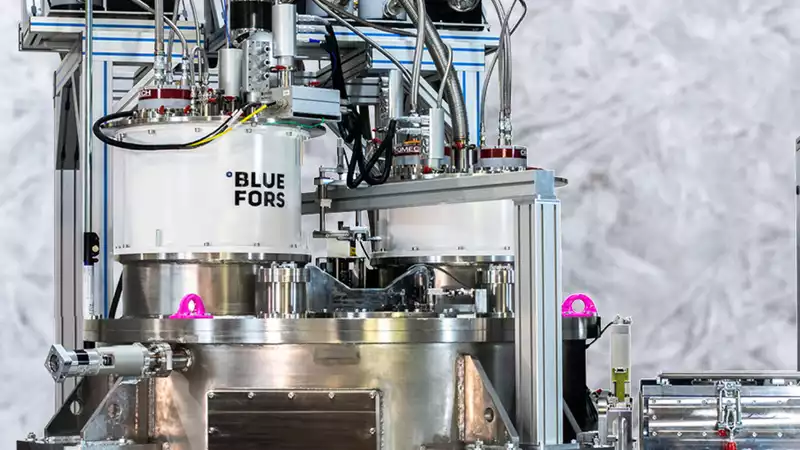Quantum computing is revolutionizing the way we process data. While the full effects may not be seen for several years, we can only marvel at the advances in this field that are taking us to a future many of us dreamed of as children. But there are hurdles to overcome before that future can become a reality. Intel is now moving forward to make that dream a reality.
Quantum computing, especially on a large scale, uses a lot of processing power. And with processing power comes heat. A lot of heat. If you thought cooling a CPU to 160°F during a game was difficult, imagine cooling it to absolute zero (-459.67°F) before the CPU can do anything.
Thankfully, your home setup is not running on superposition qubits (qubits). Quantum computers, however, require lots of qubits to perform huge calculations. The current standard is about 65 qubits, and IBM plans to build one containing 1,000 qubits by 2023.
Keeping the large number of qubits needed for the future superimposed on each other requires a tremendous cooling solution. Intel's Cryoprober tool is one such answer.
Last year, Jim Clark, Intel's director of quantum computing, was involved in research that took a step in the right direction. The paper he contributed to brought evidence of quantum bits operating at 1 Kelvin. This may seem like a minute step up from 0 Kelvin, but it makes all the difference. [Last week, at a meeting of the American Physical Society, Intel Labs researchers, and the Components Research Group, a paper containing test results from Intel's cryoprober was presented for the first time.
According to the HPC Wire article, "The Cryoprober can bring a 300-millimeter silicon wafer to ultra-low temperatures of 1.7 Kelvin.
Intel researcher Ravi Pillarisetty told HPC Wire that the quantum testing process has "gone from a few quantum dots a week to ...... to hundreds every day," he said. This is great news.
Such advances mean that in the near future, larger arrays of qubits will become available, bringing us closer and closer to commercial-scale quantum computing. As Anne Matsuura, director of quantum application architectures at Intel Labs, says, this will likely enhance the medical field to help design new drugs, and technology areas to help design new types of materials and chemicals.
Intel's cryoprover is well underway, and while the cooling loop may indeed seem anemic, at least quantum research is getting some cold, cold love.


Comments